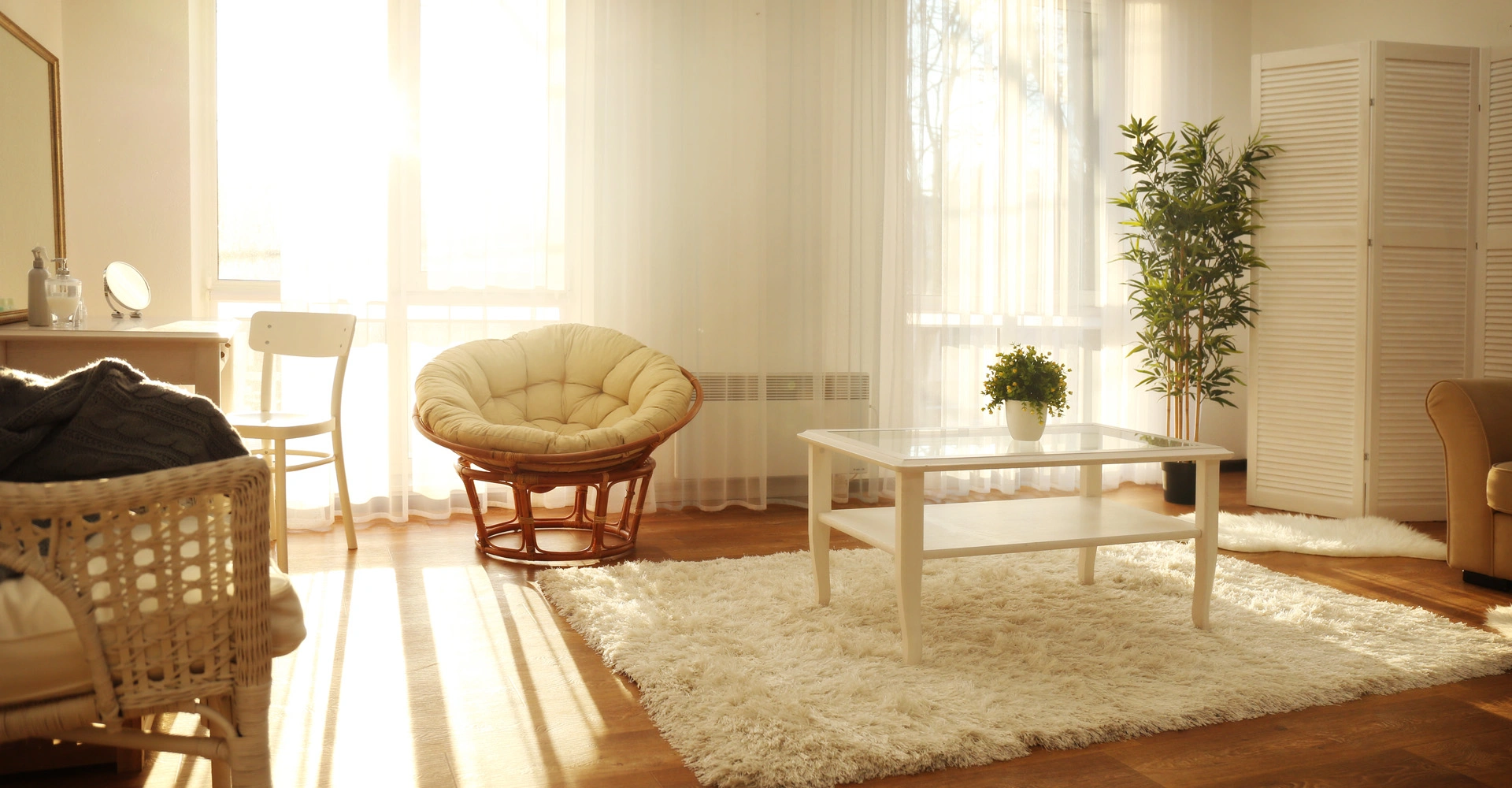Waking up to natural lighting has been shown to reduce fatigue, improve mood and boost vitamin D levels – as well as saving money by decreasing artificial lighting needs. Furthermore, natural light promotes energy efficiency by cutting back on artificial illumination costs.
Maximize natural lighting in your home by choosing light-colored curtains and furniture, keeping windows clear, and adding plants.
Use Reflective Materials
Utilizing materials that reflect rather than absorb light is the key to optimizing natural lighting in any space, such as mirrors, glossy paint or metallic home decor pieces and accessories.
Reflective surfaces not only help make rooms seem larger, they also increase sunlight entering them. To get the most from this design trick, opt for paint colors with an LRV of 70 or higher.
An effective way to increase natural lighting in your custom home is through window treatments designed to allow sunlight in while still offering privacy and UV ray protection. Such draperies often include aluminum foil and reflective myler that keep heat out while still letting light in; this approach, known as daylighting, reduces glare while simultaneously improving health while decreasing electricity bills by as much as one third!
Place Your Furniture Strategically
Natural light is an invaluable free asset to any home, yet is often taken for granted. It offers your space a stunning full spectrum hue while increasing serotonin levels to promote feelings of wellbeing, decreasing eye strain and need for artificial lighting solutions.
Make sure your furniture doesn’t obstruct windows, and use lighter colored window treatments that reflect rather than absorb light. Furthermore, consider rearrangeing your furniture to allow more sun into your living area.
If your home’s overhangs or eaves are dark, painting them white to let in more light or installing maintenance-free siding that reflects sunlight is an easy and low-cost solution that will significantly increase natural lighting flow in your home. Also keep landscaping tidy to prevent overgrown shrubs or trees from blocking sunlight; both projects can dramatically boost its natural illumination – ideal projects for homeowners who wish to experiment with more significant remodel projects but would first like a lower-cost trial run before diving deeper.
Keep Your Windows Clean
Maintaining clean windows is the easiest and simplest way to maximize natural lighting in your home, both aesthetically and practicality-wise. Smudges, dirt and grime impede light entering your room, diminishing its atmosphere. Wash them frequently – ideally on cloudy days so sunlight can quickly dry the cleaning solution for non-staining windows! – and avoid streaking when possible.
Flooring plays an essential role in controlling how much natural light enters your home. Dark carpets or rugs may absorb some of this light, making rooms appear darker than they actually are; while brighter floors reflect light back out into the room to make rooms seem brighter.
Trim back any trees or shrubs obstructing your windows to allow more natural sunlight into your home, decreasing reliance on artificial lighting while increasing energy efficiency – known as daylighting. Doing this could save money on electric bills!
Install Solar Tubes or Skylights
Add natural lighting into your home as one of the best ways to make it feel brighter and larger. Not only will this be more aesthetically pleasing, it will also lift your spirits and give you more energy throughout the day. Bringing natural light in will reduce strain on eyes while cutting back on artificial lighting costs – saving money on electricity bills in the process!
Solar tubes or skylights are an excellent way to bring more natural light into a room without altering its overall aesthetic. While traditional skylights often require significant construction work and are costly to install, solar tubes are much more cost-effective and simple to fit between your rafters.
“Sun tunnels” can provide an extra burst of sunlight into a room from your roof, creating an unexpectedly strong and bright glow in the room. Unfortunately, however, they may not be appropriate in homes with high humidity due to condensation build-up that inhibits light flow.


